The FARMSTEAD chickens are doing great and growing quickly! Through weeks 2 and 3 they have started growing feathers and losing their fuzz. The easily adjustable legs on the Comfort Heating Plate for Chickshave been raised twice now to accommodate their growth and keep the heating plate at the optimum height for our birds. They are easily able to walk underneath the heating plate or lay on the edges to fine tune their comfort levels.
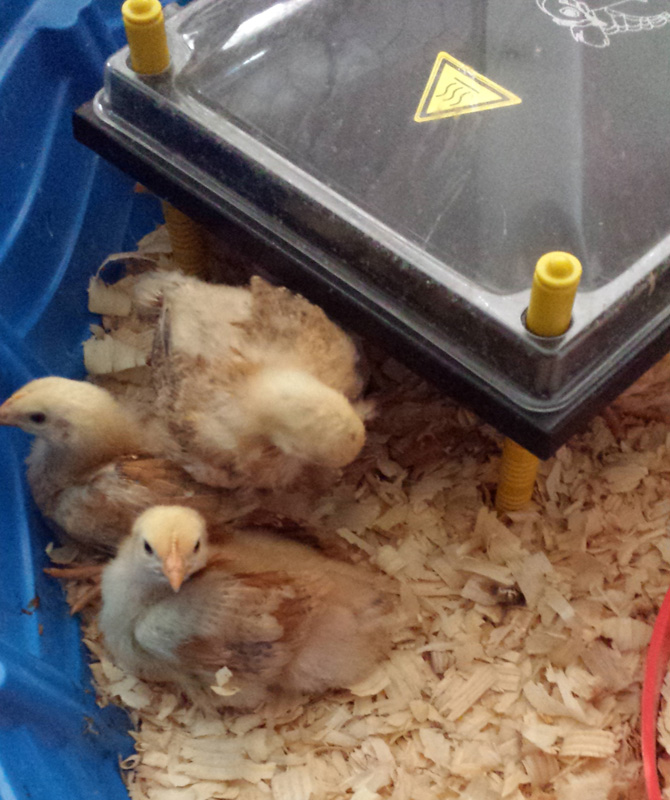
In case you are trying to decide if the Clear Cover for the Comfort Heating Plate is worth purchasing, the answer is “absolutely.” Chickens have a natural urge to roost and desire to perch on an elevated surface. As your chicks become tall enough to see the top of the plate they cannot help but want to get up there. The slanted design of the heating plate cover prevents birds from perching on the plate and piling it with droppings. The small “streaks” from their tail ends sliding down the cover will be much easier to clean after the brooding process than an entire plate covered in poop!
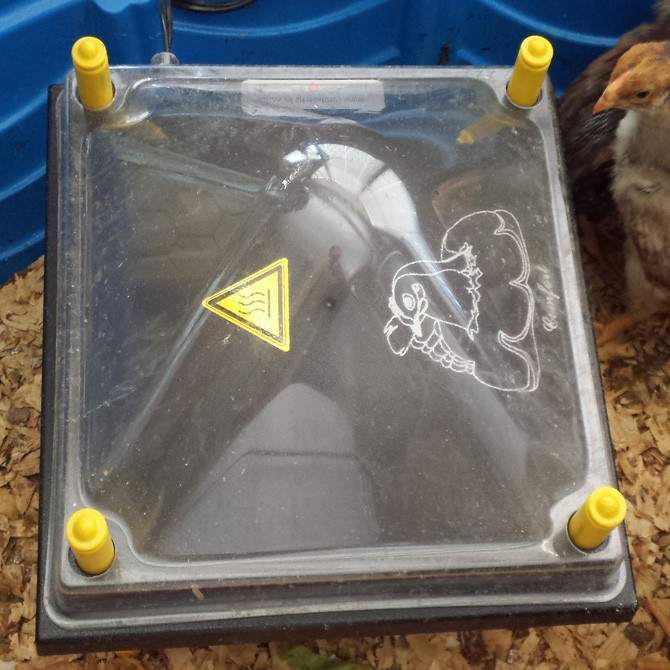
Our chicken drinking bucket with 3 nipples has been a huge hit and we know exactly why! When you compare the features and functions of our bucket to most other poultry drinking systems, you will quickly find that the drinking bucket keeps fresh, clean water available for your birds without requiring much work at all from you. In addition, when kept at the proper height for your birds, very little, if any, water makes it to the floor of your coop or brooder.
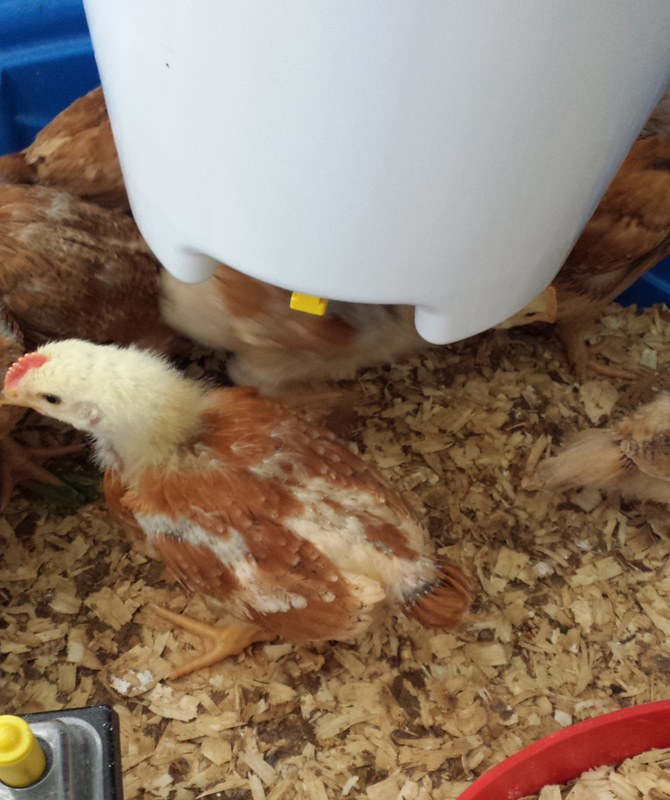
Other poultry watering systems can leak, get filthy or be knocked over very easily by your chickens or other poultry. The drinking bucket hangs out of the way and uses commercial grade poultry nipples to provide a consistent flow of water to your birds when they want it. This keeps your litter or shavings dry and helps your birds stay cleaner and healthier. As you can see in this photo, dry litter absorbs moisture and odors from the chicken droppings. Cleaner, drier litter also helps keep birds feet healthier and minimizes the occurrence of problems associated with wet litter.
“It just does what it is supposed to. That bucket is way better than what I was using before!”
We received a photo from a happy customer who purchased the poultry drinking bucket with 3 nipples to put in his outdoor brooder. He is currently brooding a small group of mallard ducklings and a special wood duck duckling, which he rescued from the side of the road after seeing the rest of its flock get hit by a car while crossing a busy road. “If you’ve ever raised ducks before then you will agree they are much messier than chickens! The watering jars and founts I was using wouldn’t last more than a few minutes before the ducks had knocked them over or made a mess in them,” he said. “Ever since I installed the bucket I can fill it up and it will last 2 or 3 days. I don’t have to worry about whether my birds have water when I am gone during the day.”
If you’re currently brooding chicks, getting chickens soon, or just need a better, cleaner way to keep fresh water available for your birds, visit the FARMSTEAD Equipment section at http://www.hogslat.com/farmstead-equipment and purchase yours today!
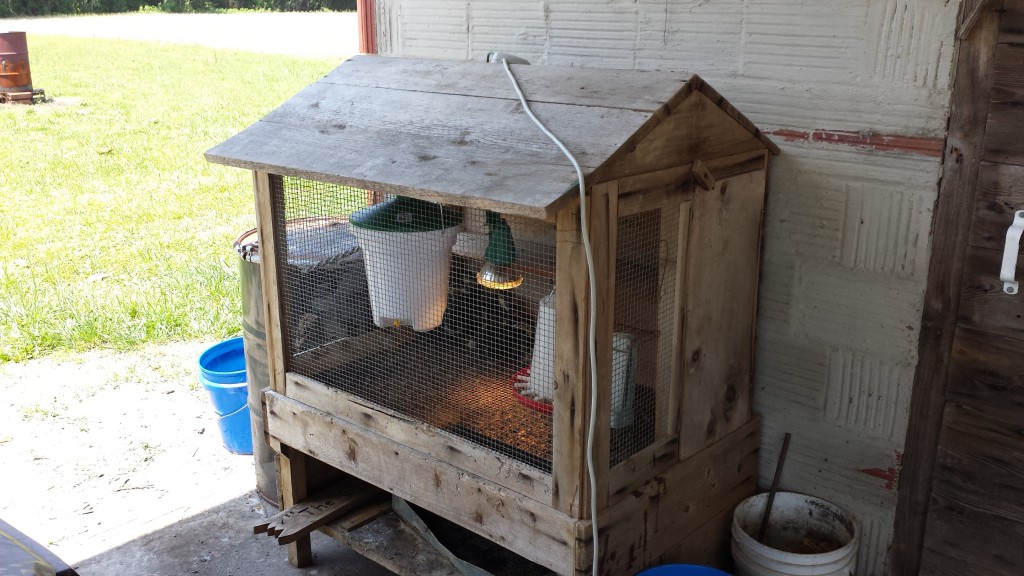












 Україна
Україна Méjico
Méjico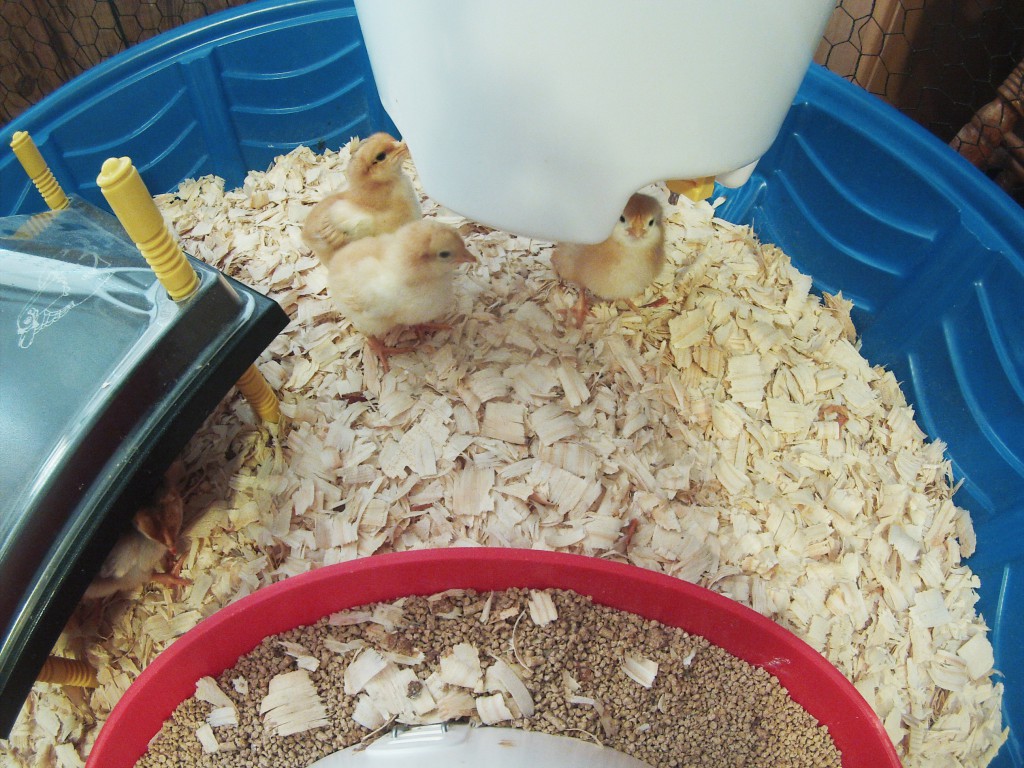
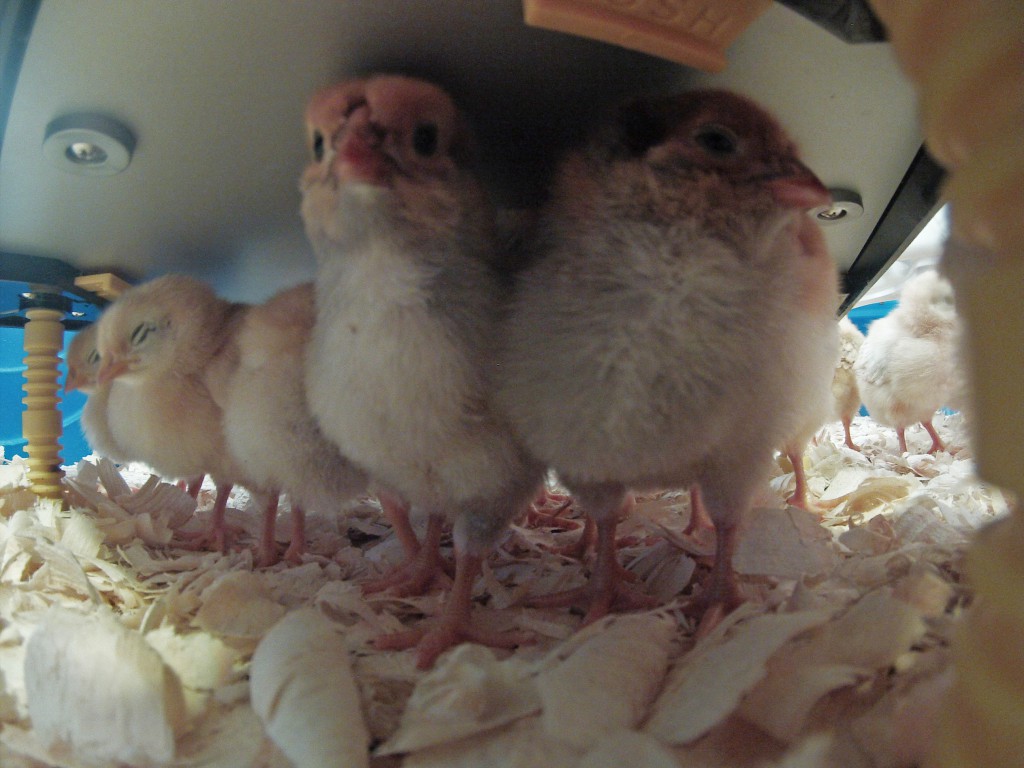
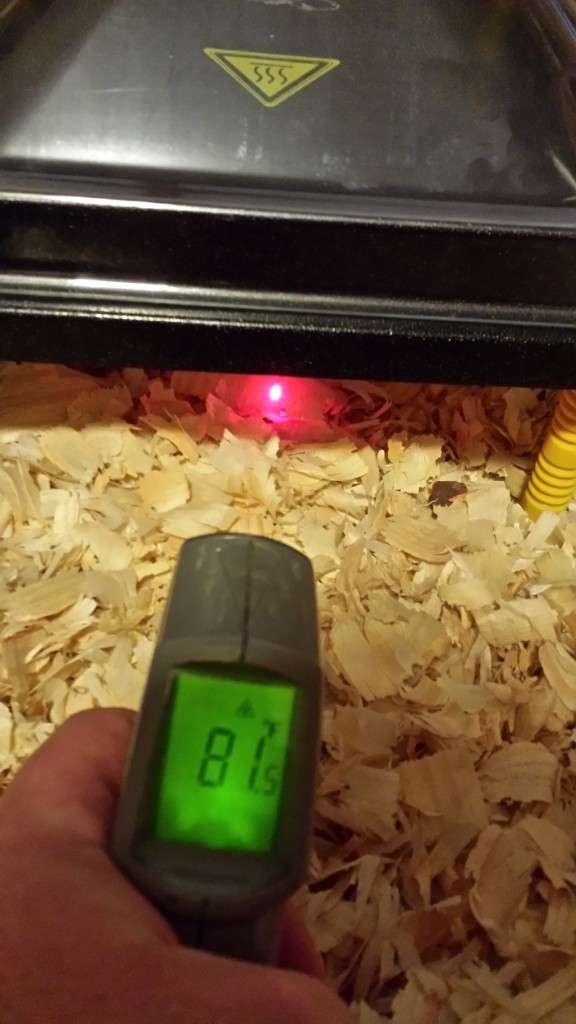
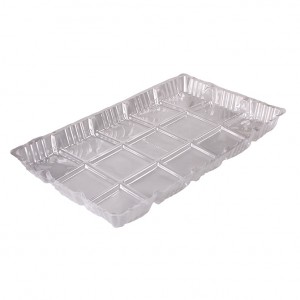
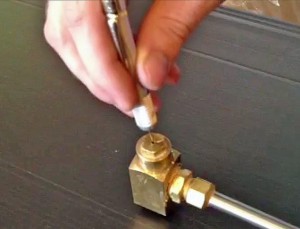
 Hog Slat’s introduction of the Poly Lamp improves several features of plastic heat lamp shades used in swine farrowing houses. Plastic heat lamp shades have become popular since being introduced several years ago. Polypropylene shades don’t dent or corrode like aluminum shades. Plastic shades also have a some cushion or “bounce” when knocked against the crate or creep panels reducing bulb breakage.
Hog Slat’s introduction of the Poly Lamp improves several features of plastic heat lamp shades used in swine farrowing houses. Plastic heat lamp shades have become popular since being introduced several years ago. Polypropylene shades don’t dent or corrode like aluminum shades. Plastic shades also have a some cushion or “bounce” when knocked against the crate or creep panels reducing bulb breakage.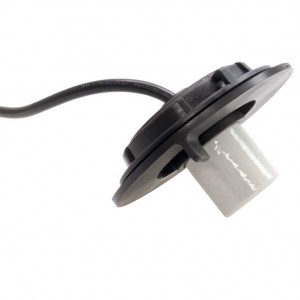 First, the nylon fixture screws together on the shade top, instead bolting. The two-piece fixture reduces breakage occurring with the bolt-on style of earlier models.
First, the nylon fixture screws together on the shade top, instead bolting. The two-piece fixture reduces breakage occurring with the bolt-on style of earlier models.



